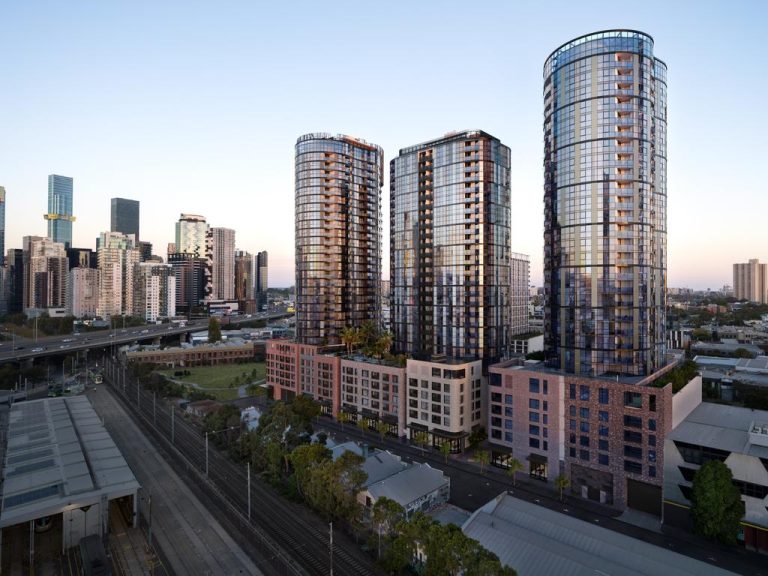Brisbane, Perth to emerge as investment hotspots

Commercial property investors will chase counter-cyclic opportunities in the recovering resources capitals and real estate in alternative asset classes including healthcare as traditional areas remain expensive, according to real estate agency CBRE.
The group’s annual outlook report forecasts that the nation’s office markets will start moving in tandem with all cities to have declining vacancy rates and improving rental growth over the next 12 months.
CBRE Research associate director Bradley Speers says this year will be the cyclic peak for Sydney and Melbourne, underpinning greater investment interest in Brisbane and Perth.
Commercial Insights: Subscribe to receive the latest news and updates
“Brisbane in particular has already emerged as a counter-cyclic investment opportunity — and will remain so throughout the year. We will see Perth and Canberra come more under the radar in 2018, as these markets become increasingly viewed as a favourable long-term investment hold strategy,” Speers says.
With commercial yields falling across assets classes, there is now greater focus on income stability and steady growth while limiting capital risk
CBRE executive managing director, capital markets, Pacific, Bruce Baker says both Brisbane and Perth are already attracting significant levels of interest from capital, particularly in the core and core plus office sector. Only the availability of suitable towers will stop both these markets achieving record sales volumes, he adds.
“Both Brisbane and Perth are set to benefit from the rebound in resource prices, which will flow through to both economies and are predicted to generate significant white collar employment growth,” Mr Baker said.
Asset classes that were once on the margin, including education and healthcare, are now also a major focus for many commercial investors with build-to-rent another area winning attention.
“With commercial yields falling across assets classes, there is now greater focus on income stability and steady growth while limiting capital risk,” Speers says, pointing to opportunity in housing being owned by institutions.
“The lower yields typically associated with residential assets provide a stable, long term income stream that will meet investor demand for longer duration liabilities.”
This article originally appeared on www.theaustralian.com.au/property.







